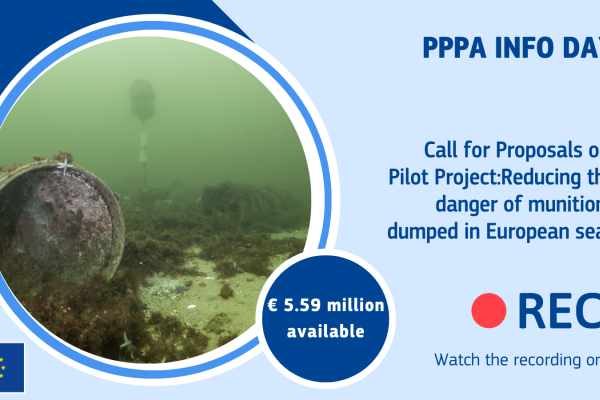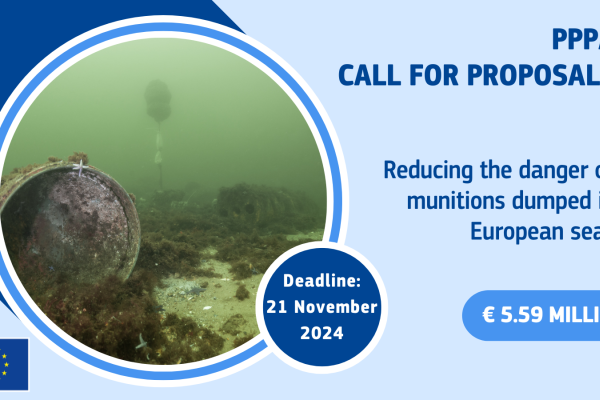Soils are the foundation of our health and wealth. Supporting our cultural heritage and landscapes, they are the basis of our economy and prosperity. Put simply, life on Earth depends on healthy soils. Yet land and soils are also dramatically degrading in Europe and worldwide.
Soils are a finite and non-renewable natural resource that store, filter and transform many substances including water, nutrients and carbon. They are crucial for climate change mitigation and adaptation, agricultural production and food security, preserving nature and biodiversity, and are vital to achieve key objectives of the European Green Deal .
The ultimate goal is to achieve healthy EU soils by 2050, in line with the EU Zero Pollution ambition.
The EU soil strategy for 2030 sets out a framework and concrete measures to protect and restore soils, and ensure that they are used sustainably.
A new Soil Monitoring Law will put the EU on a pathway to healthy soils by 2050. This proposal for the first-ever EU legislation on soils provides a harmonised definition of soil health, puts in place a comprehensive and coherent monitoring framework and fosters sustainable soil management and remediation of contaminated sites.
In the EU
Objectives
To protect human health and the environment, the EU’s soil policy aims to improve soils by
- taking measures and actions to protect and restore soils, and ensure that they are used sustainably
- putting forward a vision to achieve healthy soils by 2050
- improving the framework for soil monitoring in Europe
- developing the knowledge base and supporting soil research
- raising awareness about the vital importance of soils
Actions
On 5th July 2023, the Commission proposed a new Soil Monitoring Law to protect and restore soils and ensure that they are used sustainably.
The EU works with partners worldwide to combat land and soil degradation and desertification.
Find out more about funding for healthy soils by 2030.
Data platform to help monitor progress towards the European soil health objectives and targets.
Other sources of information on the soil and land, including reports, studies and funded projects.
Related links
Guidelines
Soil sealing is the covering of soil surfaces with materials such as concrete and asphalt, for new buildings, roads, parking places, as well as other public and private spaces. It is one of the main causes of soil degradation in the EU. It affects fertile agricultural land, puts biodiversity at risk, increases the risk of flooding and water scarcity and contributes to global warming.
The Commission has prepared a set of best practice guidelines (to be reviewed by 2024) to limit, mitigate or compensate soil sealing.
Related laws
At EU level, there is currently no binding overarching framework that strategically defines policy priorities or parameters for soil protection. Soil protection outcomes in the other laws are mostly derived as a consequence of delivering environmental objectives that are not explicitly soil focused, such as reducing contamination, offsetting greenhouse gas emissions, and preventing other environmental threats:
- Nature restoration law
- Environmental Liability Directive
- Industrial Emissions Directive
- Environmental Impact Assessment Directive
- Sewage Sludge Directive
- Regulation on fertilisers
- Mercury Regulation
- Land use, land use change and forestry Regulation
- Common Agriculture Policy
Related strategies
- EU soil strategy for 2030
- EU soil thematic strategy (2006)
- Circular economy action plan
- EU biodiversity strategy for 2030
- Zero pollution action plan
- Farm to fork strategy
- Forest strategy






